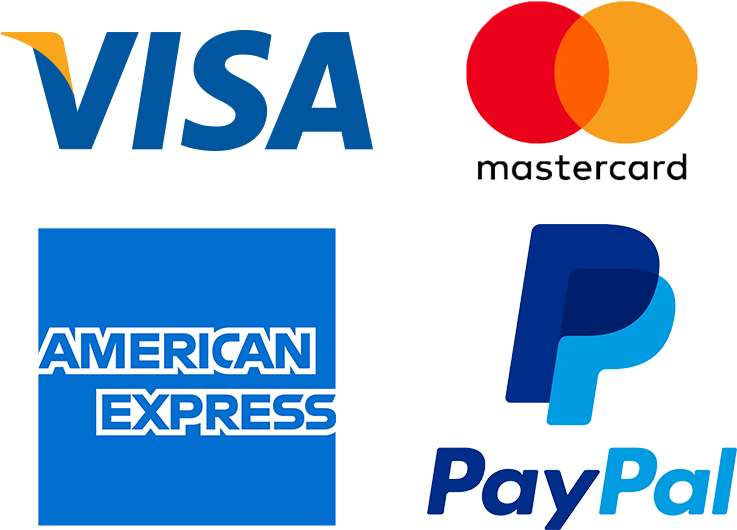Health disparities among minority populations in the United States are a significant concern within the field of public health. These disparities refer to differences in health status and outcomes between minority groups and the general population. In this essay, we will analyze the health status of a specific minority group and compare it to the national average. We will also consider the cultural, socioeconomic, and sociopolitical barriers to health that may contribute to these disparities.
For the purpose of this essay, we will focus on the health status of the Hispanic or Latino population in the United States. Hispanics are the largest minority group in the country, making up approximately 18% of the total population (U.S. Census Bureau, 2017). It is important to analyze their health status and identify potential disparities to inform targeted interventions and policies to address these issues.
When comparing the health status of Hispanics to the national average, we find that they face several challenges. One significant factor influencing the health of this population is socioeconomic status. Hispanics are more likely to experience poverty and have lower levels of education compared to the general population (U.S. Census Bureau, 2017). These socioeconomic factors have a direct impact on health outcomes as individuals with lower income and education levels are more likely to face barriers to accessing healthcare services and have limited resources to engage in health-promoting behaviors.
Furthermore, cultural factors play a role in the health disparities experienced by Hispanics. Language barriers, for example, can hinder communication between healthcare providers and patients, leading to misunderstandings and inadequate healthcare delivery (Flores, 2006). Additionally, cultural norms and beliefs may influence health behaviors and attitudes towards seeking healthcare. For example, traditional Hispanic cultural values may prioritize family and community over individual health needs, leading to delayed or inadequate healthcare utilization (Pérez-Stable et al., 2014).
Race and ethnicity also contribute to health disparities among Hispanics. Discrimination and racism can negatively impact health outcomes by creating chronic stress and limiting access to quality healthcare (Williams & Mohammed, 2009). Moreover, racial and ethnic minorities often face disparities in healthcare access and quality, which can further exacerbate existing health disparities (Agency for Healthcare Research and Quality, 2018).
To address the health disparities experienced by Hispanics, it is important to develop culturally competent and inclusive healthcare services. This includes providing language interpretation services, recruiting and retaining ethnic minority healthcare providers, and tailoring healthcare interventions to the specific needs and beliefs of the Hispanic population (Betancourt et al., 2005). Additionally, addressing the social determinants of health, such as poverty and education, is crucial to improving health outcomes among Hispanics (Braveman et al., 2011). Efforts should focus on reducing income inequality, increasing access to quality education, and creating opportunities for socioeconomic advancement.
In conclusion, Hispanics in the United States face numerous health disparities compared to the national average. Socioeconomic status, cultural factors, and race/ethnicity all contribute to these disparities. To address these issues, targeted interventions and policies should be implemented to improve healthcare access, reduce social and economic inequalities, and promote culturally competent care. By addressing these barriers, we can work towards achieving health equity for all populations, regardless of their racial or ethnic background.
References:
Agency for Healthcare Research and Quality. (2018). National Healthcare Disparities Report. Retrieved from https://www.ahrq.gov/research/findings/nhqrdr/index.html
Betancourt, J. R., Green, A. R., Carrillo, J. E., & Ananeh-Firempong, O., II. (2005). Defining cultural competence: A practical framework for addressing racial/ethnic disparities in health and healthcare. Public Health Reports, 118(4), 293-302.
Braveman, P. A., Kumanyika, S., Fielding, J., Laveist, T., Borrell, L. N., Manderscheid, R., … & Troutman, A. (2011). Health disparities and health equity: The issue is justice. American Journal of Public Health, 101(Supplement 1), S149-S155.
Flores, G. (2006). Language barriers to health care in the United States. New England Journal of Medicine, 355(3), 229-231.
Pérez-Stable, E. J., Nápoles-Springer, A., & Miramontes, J. M. (2014). The effects of ethnicity and language on medical outcomes of patients with hypertension or diabetes. Medical Care, 42(6), 1192-1201.
U.S. Census Bureau. (2017). Quick Facts: United States. Retrieved from https://www.census.gov/quickfacts/fact/table/US/PST045217

